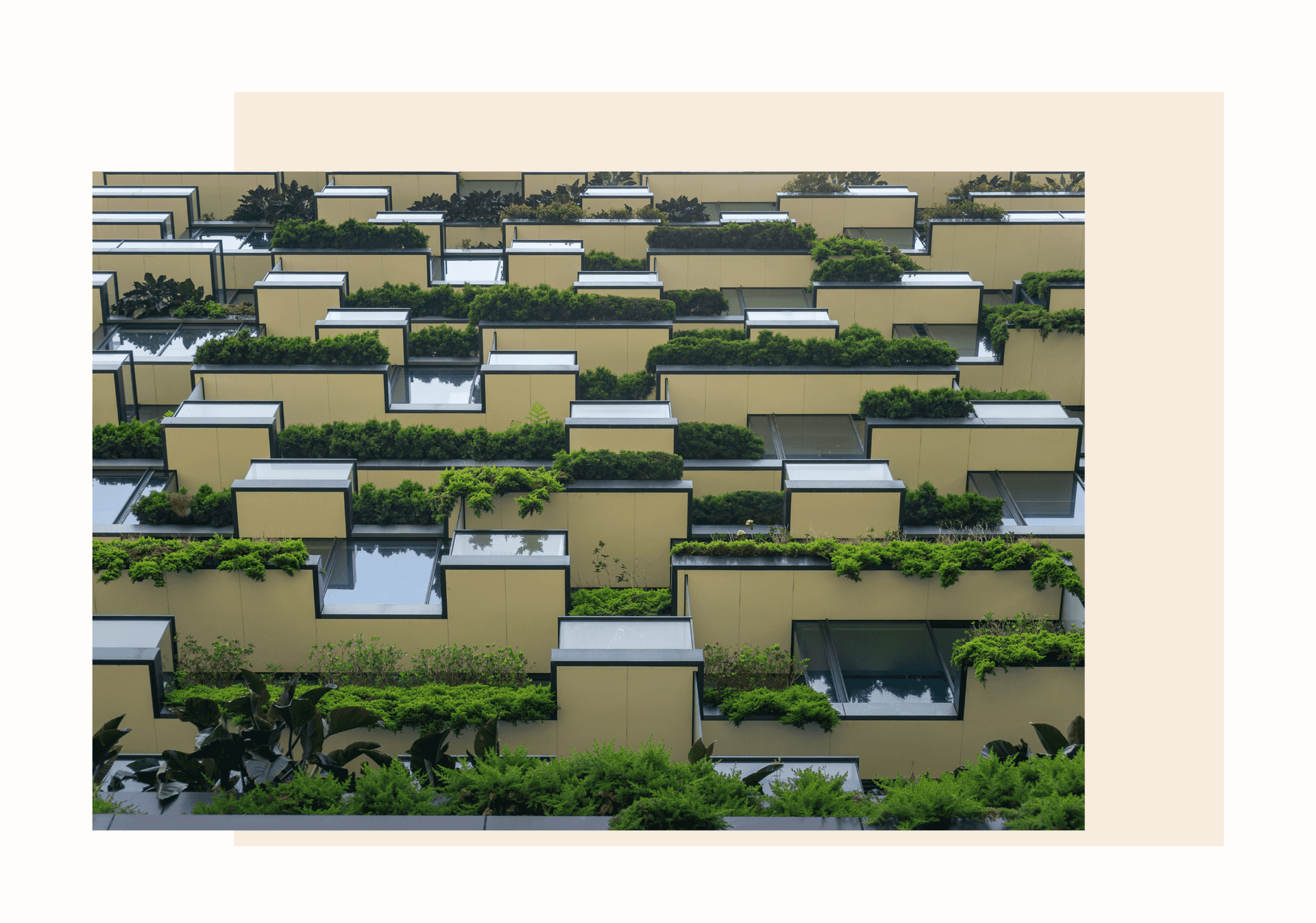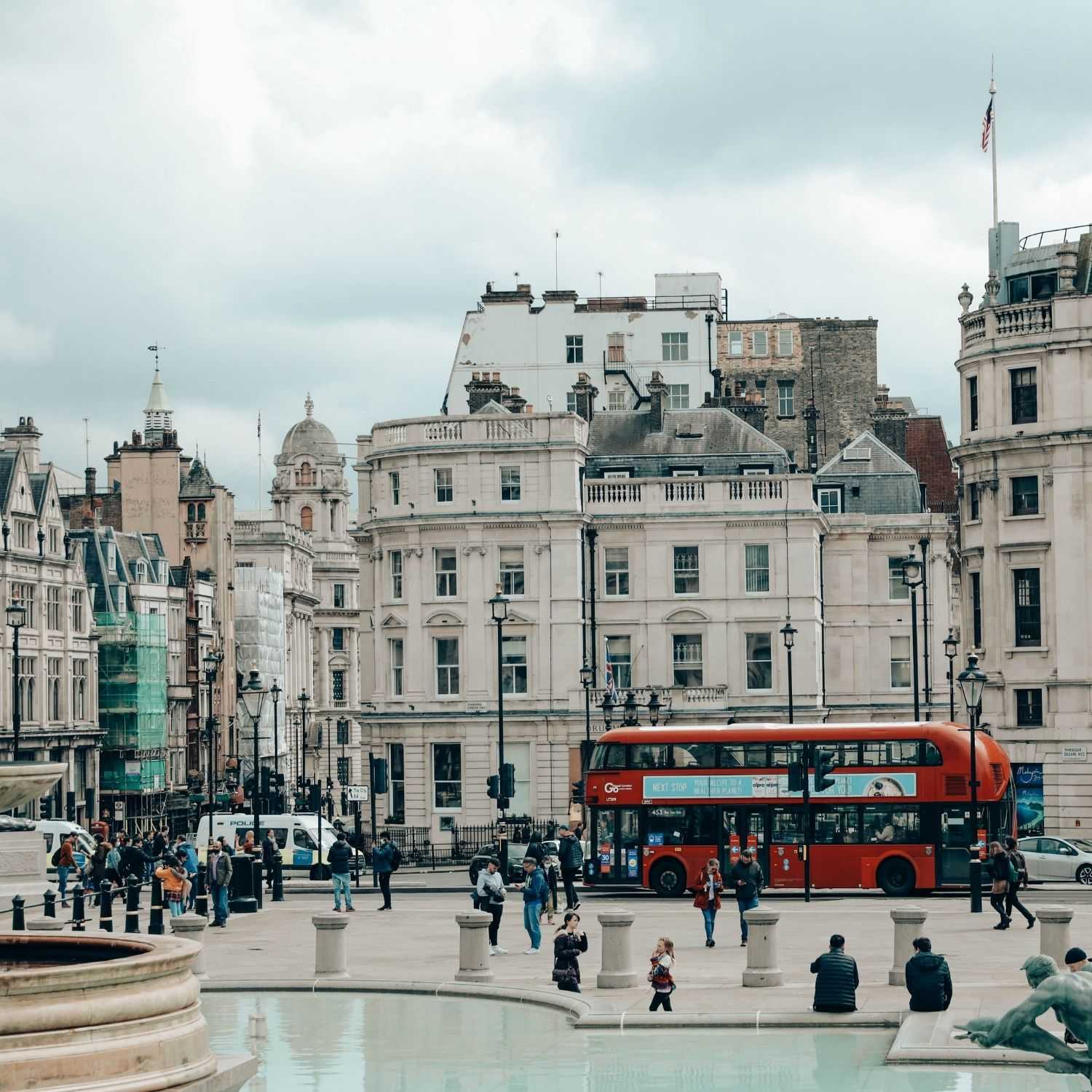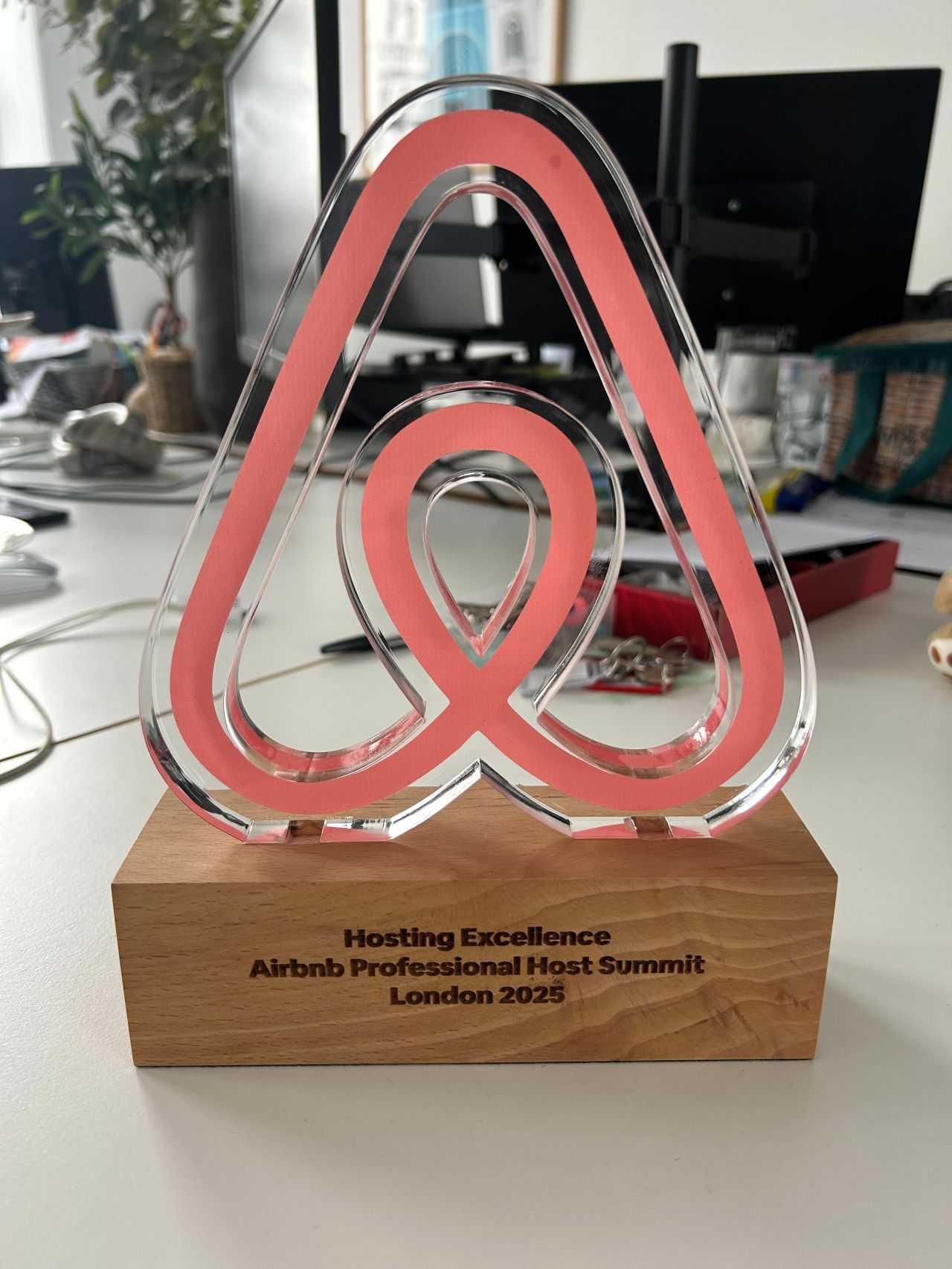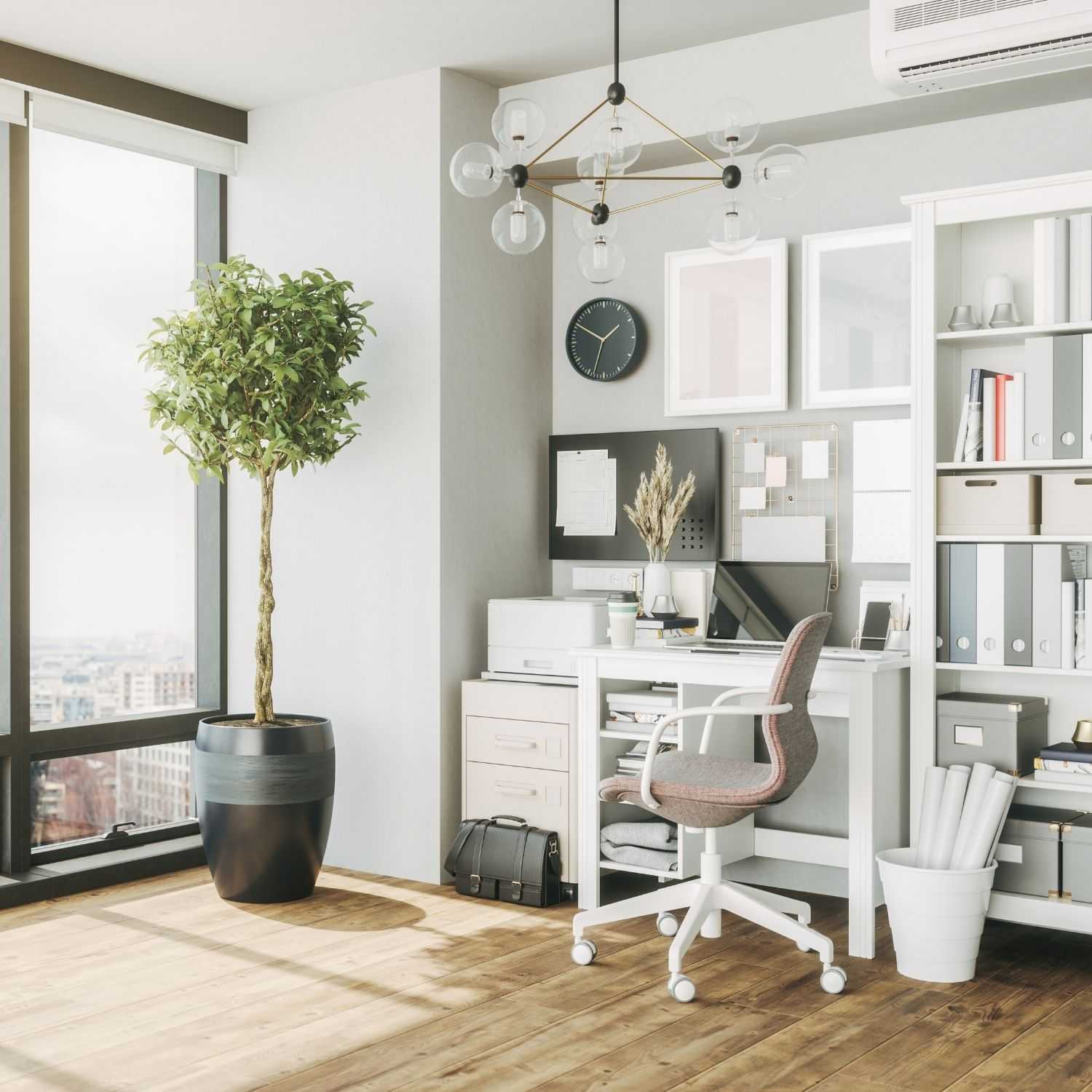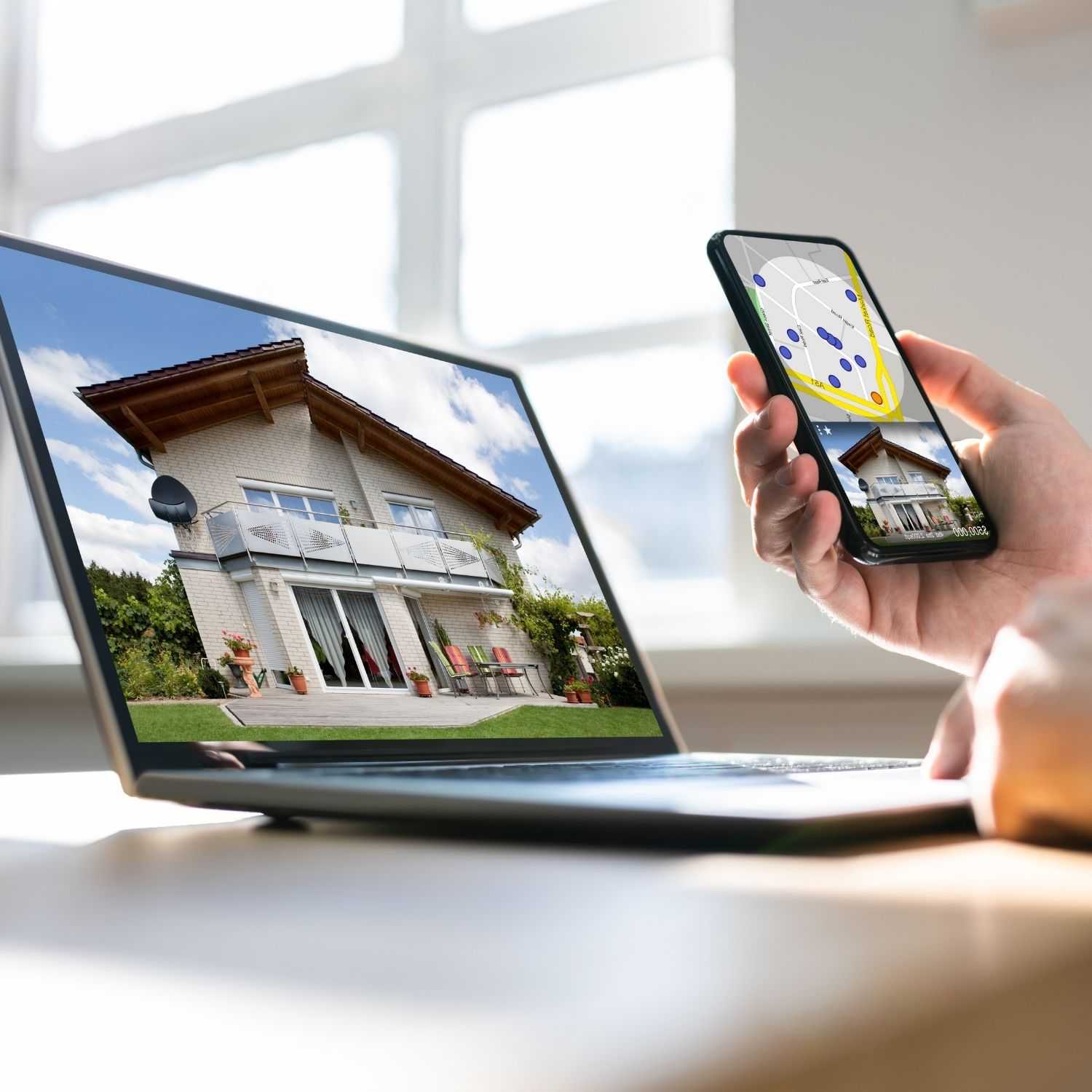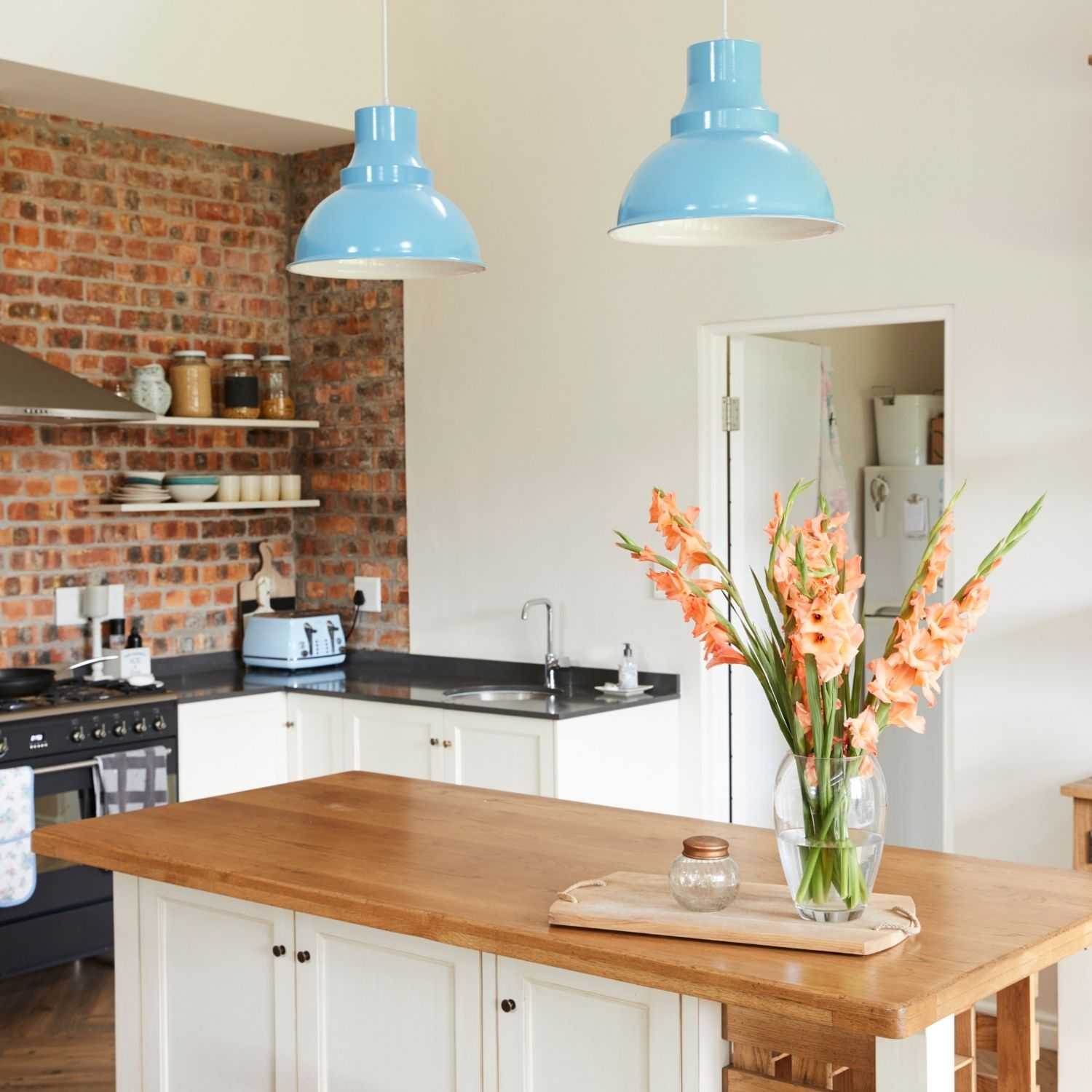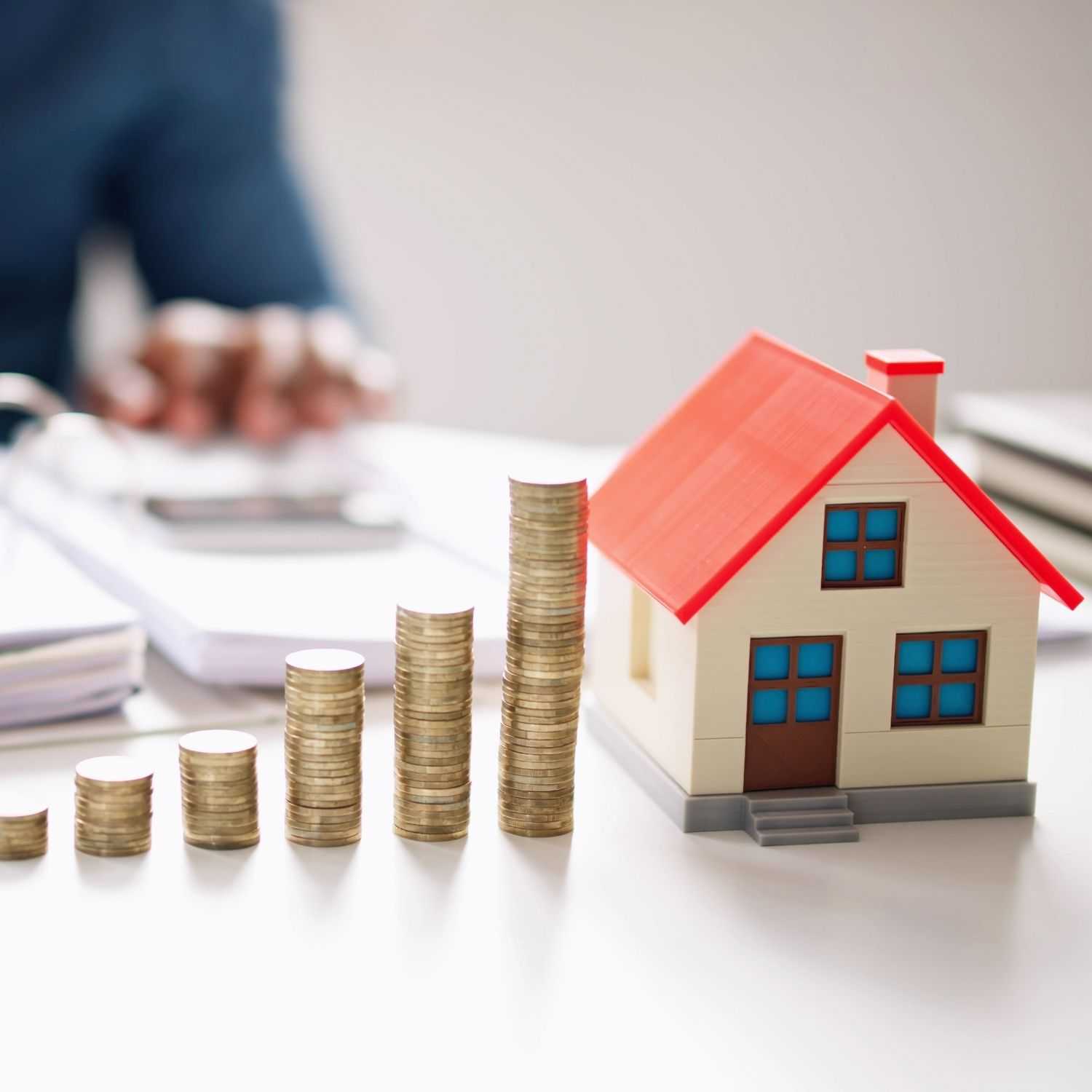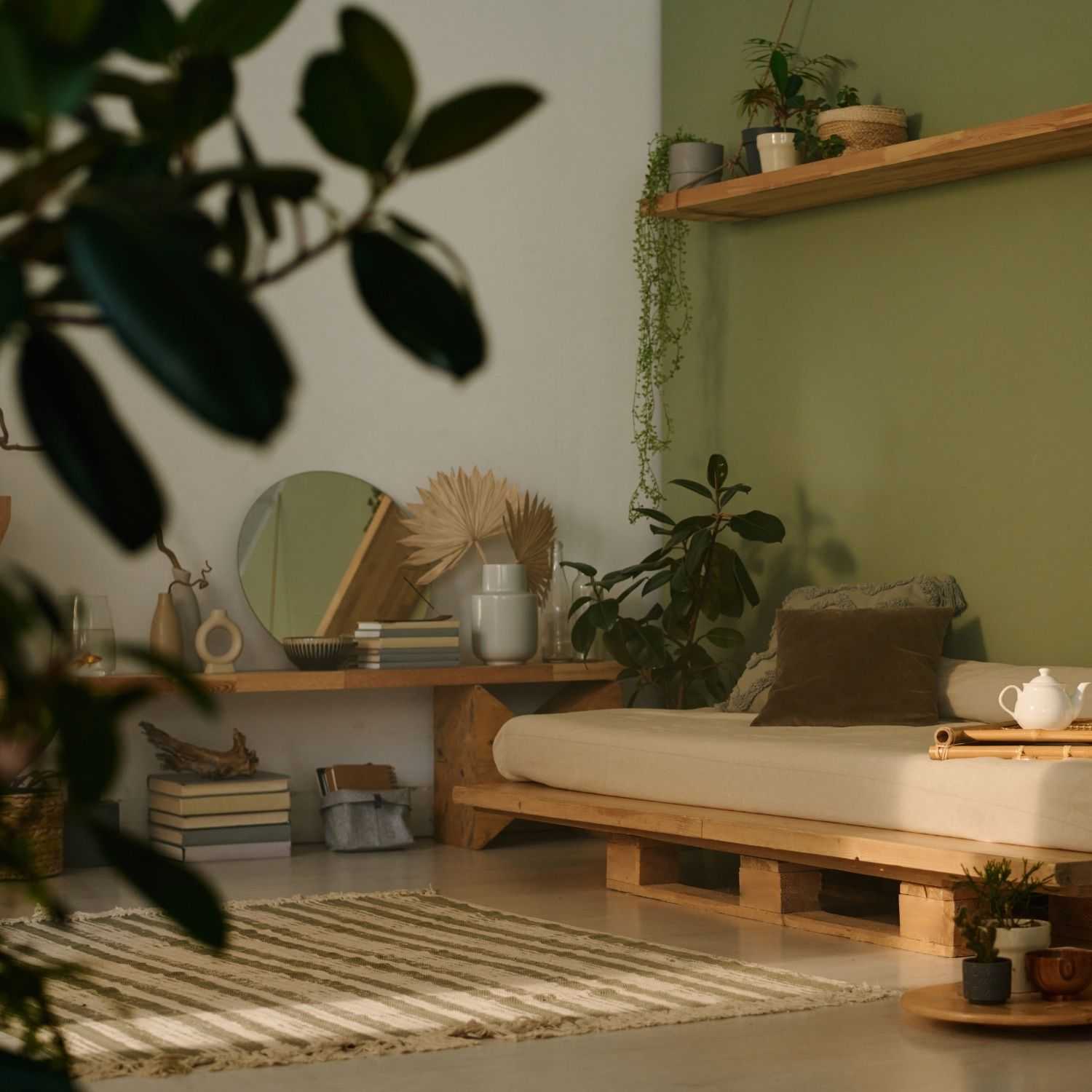Share post:
It’s well known that our environment has a very real impact on our wellbeing, it can promote long-term health or illness, support mental health or damage it.
More specifically, it’s becoming increasingly clear that architecture and interior design can be key influencers to our wellbeing, for example, easy access to nature through green spaces is proven to help people live healthier, longer and happier lives.
With people spending so much more time at home since the start of the pandemic (creating a real shift in social needs and ultimately, behaviours), we can see, now more than ever, that human-centred design is something all property investors should be thinking about.
So, property investors, keep reading to find out how human-centred design can make your properties more desirable, boost their occupancy rates and of course, help you get the most out of your investment.
First of all, what is human-centred design?
In essence, human-centred design is an approach that takes human needs into consideration.
Yes, I know you’re thinking ‘but isn’t that the same as user-focused design?’
Well, the answer is no.
Unlike user-focused design (that as the name suggests, focuses largely on the user), human-centred design considers human needs more broadly and prioritises human outcomes such as wellbeing, health, user-satisfaction, sustainability, and community.
When executed effectively, human-centred design makes properties more appealing to more people, and this signals a real opportunity for property investors.
How can I tell if my properties are human-centred?
With so many behavioural shifts in such a short period of time – just look at the rise of home working, the sharp increase in online shopping, more subscription models than ever before – being able to figure out what meets human needs can be a tricky task.
So, here’s a quick checklist of just a few things to consider…
Green space
Gardens – especially for those living in cities like London – offer residents the chance to relax and connect with nature. Being able to spend time outside in a safe and secure private space helps us to lift our mood and recharge – and being able to do this is something residents are willing to pay a premium for, regardless of size. Do your properties have gardens or access to private outside space?
Options for activities
Providing residents with an easy way to keep fit and healthy (and reach their 10k steps a day) is another way of satisfying a human-centred need. Does your building have gym facilities? Or is it near a park that’s ideal for outdoor exercise?
Safe communal spaces
Evidence suggests that individuals are more likely to pay more to live in safe and vibrant communities –something that has become even more pronounced since the start of the pandemic.
A human-centred design will ensure that there are enough communal spaces where individuals can feel part of a community – do your properties offer spaces where residents can feel connected to one another?
Well-designed interiors
Social media and the increase in home working have had a big impact on our home environment. Long story short, our homes aren’t really private spaces anymore – they’re photographed and posted on feeds, they appear in the background when we’re in meetings. As a result, more so than ever, our homes have become a form of self-expression.
Interiors that are well-designed allow residents to cultivate their creativity and ultimately feel more at home. On top of this, factors such as an abundance of natural light, effective use of space and beautiful interiors not only satisfy the modern individual’s needs but help to build self-confidence and image.
Easily adaptable and tech-led
Online is becoming even more integrated into our lives – whether that’s online workout sessions, subscription streaming (now even including new film releases), medical appointments or takeaways to name a few.
What does this mean?
More users.
And a lot more expectation.
So, in order to stay relevant, properties need to accommodate heavy internet usage and up-to-date technology, then go one step further – find ways to integrate such things into property design. For example, does your property have a remote locking function? Are residents able to control their thermostat, lights, and any security sensors simply by using an app? These are just a few of the human-centred design features that can really make a difference (check out the future of proptech for more ideas).
To sum it up briefly…
Taking people, their needs and their wellbeing into consideration when designing a property is crucial in ensuring you achieve the most from your investment. Properties that respond to the human-centred needs of residents in a positive way lead to more interest, higher rates of occupancy and higher returns.
Human-centred design = benefits for residents, benefits for investors and benefits for society.
